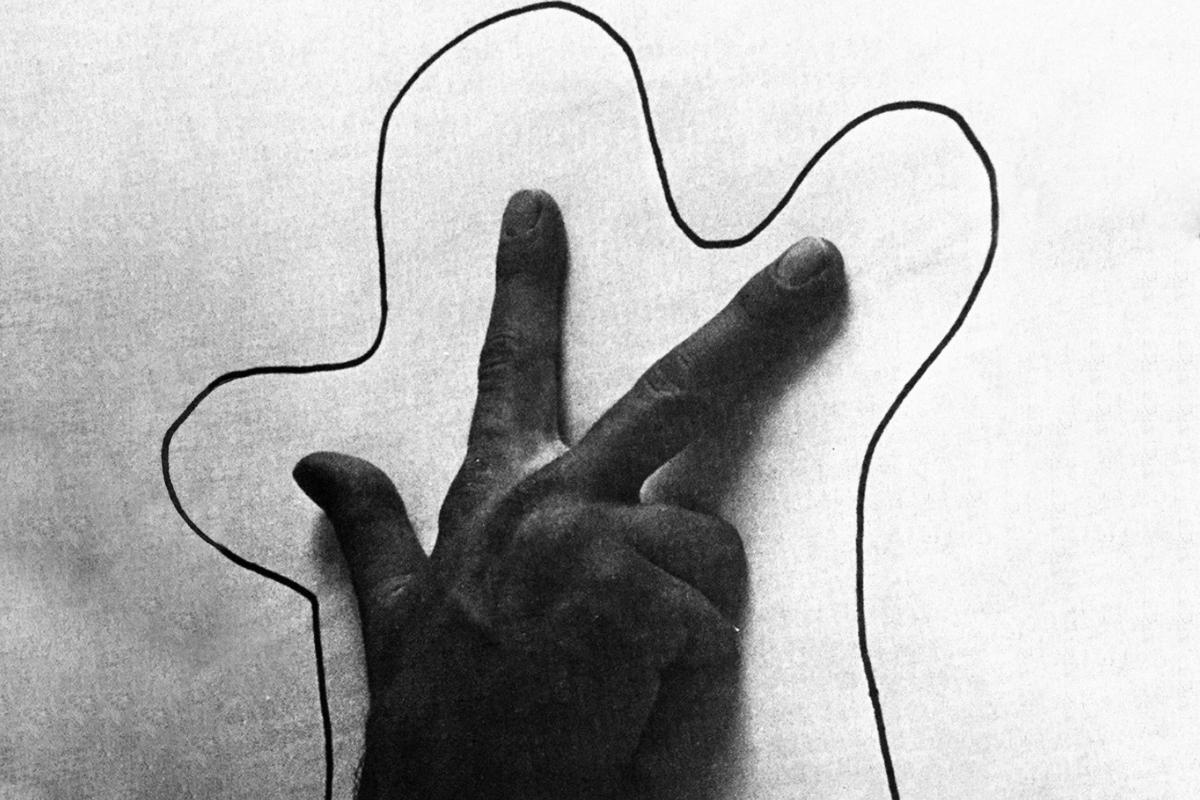Artistic practice in a 1:1 scale uses “the world as its own map,” just like in the story about the work of cartographers in Lewis Carroll’s book Sylvie and Bruno from 1893. Artists, former artists, and non-artists working in a 1:1 scale undermine the legitimacy of creating artificial models or mock-ups of reality in spaces reserved for art. They work in real life: they open antique shops and their own museums, find employment in offices, become consultants and therapists, propose solutions to economic issues, conduct experiments in science labs, and so on. Art in a 1:1 scale is difficult to recognise, since the conceptual edifices, which allow one to capture, name, and submit it to an evaluation by an art historian or critic, become supplanted. These practices are sometimes characterised by a high coefficient of art, paired with a low coefficient of visibility. The 1:1 scale also allows for a celebration of the real effects of such practices, even if they cannot be conflated with socially utilitarian art. Artistic practice in a 1:1 scale is exemplified by the actions of the Estonian-American conceptual artist Raivo Puusemp, who in 1975 was elected as the mayor of the city of Rosendale. The artist effectively solved the infrastructural problems of the city – by eliminating the city council and giving up his function. Puusemp’s term could be defined as an application of artistic competence to solve political issues. Artistic practices in a 1:1 scale have a two-fold ontological status. They are “this and that,” art and life, performance and a normal job, an artistic and a political process. In this sense, they defy the art world’s rule demanding a definition of whether a given case is art or something else.
MAKING USE. LIFE IN POSTARTISTIC TIMES
IS AN
EXHIBITION
AND
PUBLIC PROGRAM
FEATURING MORE THAN ONE HUNDRED
PARTICIPANTS

